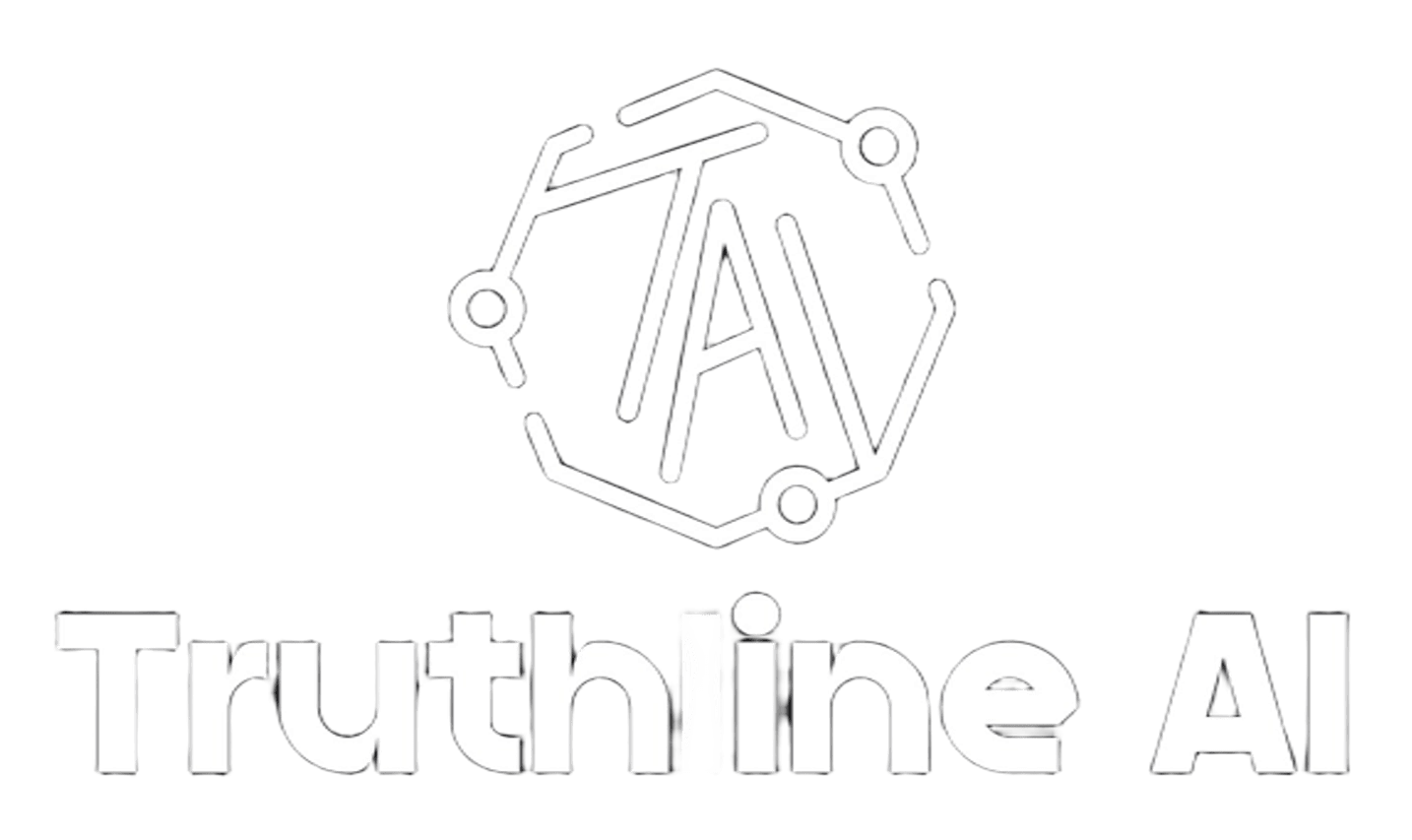Analysis of The Daily Nation Newspaper -July 24,2025
Tone
The tone of the Daily Nation’s coverage is largely critical and investigative, highlighting conflicts, inefficiencies, and controversies. It adopts a sense of urgency in reporting political tensions, public service failures, and social injustices, often implying accountability gaps. However, some stories, like the release of Stephen Munyakho, carry a more neutral or even positive tone, emphasizing diplomatic success.
Track
The newspaper tracks a mix of political, social, and economic issues, with a strong focus on governance failures, such as the ODM-UDA rift, stalled parliamentary probes, and financial mismanagement. It also follows human interest stories, like the murder of Susan Kamengere and the STEM teacher shortage, balancing hard news with societal concerns. The recurring theme is systemic dysfunction, suggesting a pattern of institutional weaknesses across sectors.
Framing
The framing often positions the government and political leaders as either ineffective or corrupt, particularly in stories about healthcare funding, land mismanagement, and opposition clashes. Private institutions, such as hospitals and schools, are framed as victims of systemic neglect, while citizens are portrayed as bearing the brunt of these failures. Some pieces, like the US contraceptives story, frame international actors as contributing to local crises through ideological decisions.
Editorial Agenda
The editorial agenda appears to prioritize exposing governance flaws, advocating for accountability, and amplifying public grievances. By highlighting issues like teacher shortages, hospital funding delays, and land fraud, it pushes for policy reforms and transparency. The repeated focus on political conflicts, such as Sifuna’s defiance and Ruto’s resistance to resignation, suggests an agenda of scrutinizing power dynamics ahead of the 2027 elections.
Conclusion
The Daily Nation’s coverage reflects a media outlet deeply engaged in holding power to account while addressing pressing societal challenges. Its critical tone and investigative framing suggest a watchdog rol. Ultimately, the paper reinforces the need for systemic reforms while balancing hard-hitting exposes with human-centered storytelling.
